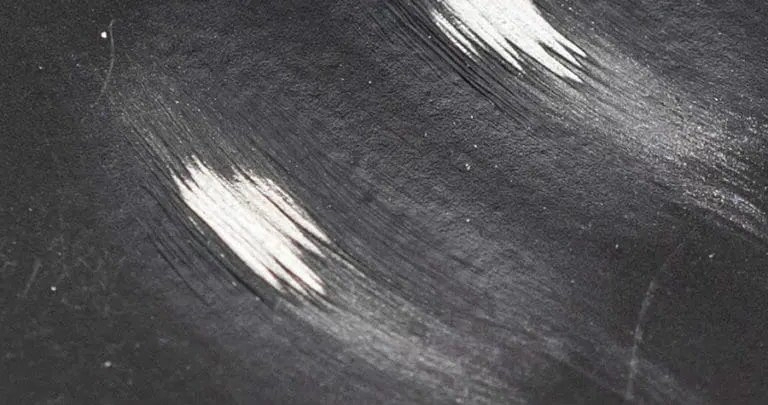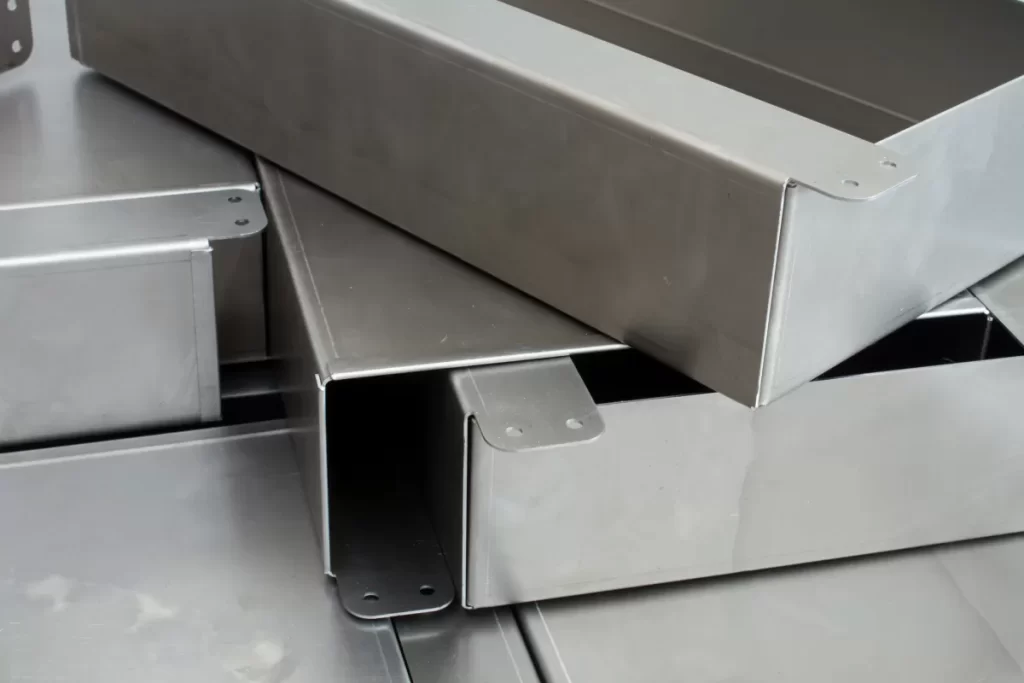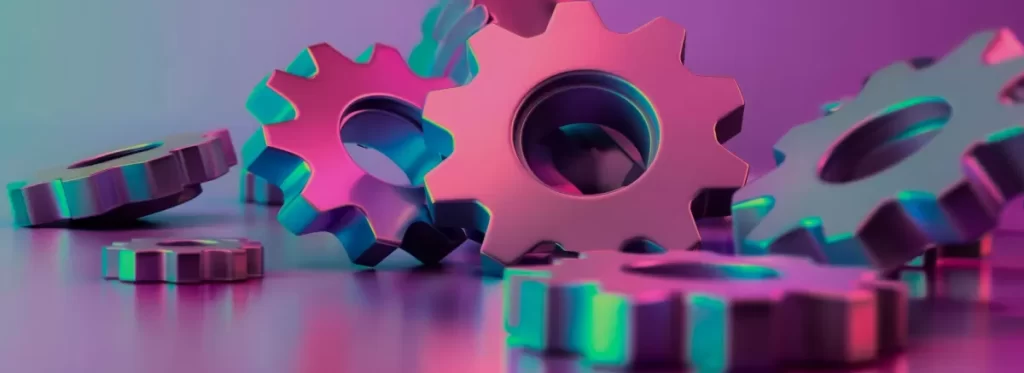Struggling to remove powder coating from metal surfaces? Whether you’re prepping parts for a new finish or tackling a DIY project, choosing the right powder coating removal method can save you time and hassle. As experts in CNC machining and surface preparation, HYCNC has seen it all—and we’re here to share proven techniques based on real-world experience. In this guide, you’ll discover the best ways to strip powder coating, from chemical stripping to abrasive blasting, plus expert tips to ensure a clean, professional result. Ready to get started? Let’s dive in!
Introduction to Powder Coating Removal
Are you wondering how to remove powder coating from metal parts? Whether you need to refinish a piece, fix a coating mistake, or prepare a surface for precise CNC machining, powder coating removal can be a critical first step.
Powder coating is popular because it provides a tough, durable finish that resists chips, scratches, and corrosion. But that durability also makes it challenging to strip off when you want a clean, bare surface. Removing powder coating isn’t always simple—it often requires the right tools and techniques to avoid damaging the underlying metal.
That’s where professional CNC services like HYCNC come in. With specialized equipment and experience in surface prep, HYCNC helps ensure your parts are ready for machining or recoating. We streamline powder coating removal, making the process efficient while protecting your parts’ integrity. If you’re prepping metal for high-precision CNC work or quality refinishing, understanding powder coating removal options is key.
Understanding Powder Coating and Its Challenges
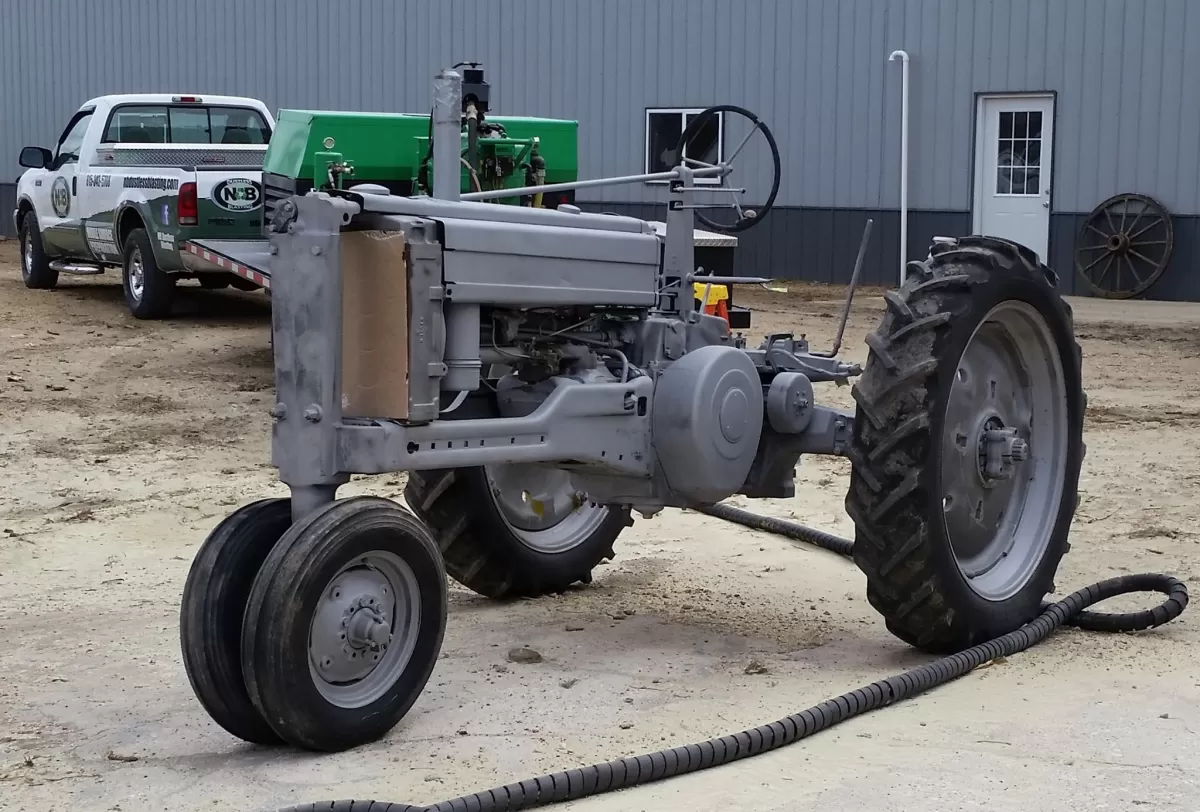
Powder coating is a dry finishing process where a powder made of pigments and resins is sprayed electrostatically onto metal surfaces, then cured under heat. This creates a tough, durable coating. There are two main types: thermoset and thermoplastic. Thermoset powders chemically cure to form a hard, cross-linked finish that won’t melt again. Thermoplastic powders soften when heated and harden when cooled, making them easier to remove but less common in industrial use.
Removing powder coating is difficult because the powders bond electrostatically and cure to form a strong, lasting layer. This makes the coating resistant to solvents and abrasion. You’ll often need removal when coatings are damaged, you want to change colors, or you’re preparing metal parts for CNC machining or refinishing. Understanding these challenges helps you choose the right removal method for your project.
Top 4 Methods to Remove Powder Coating
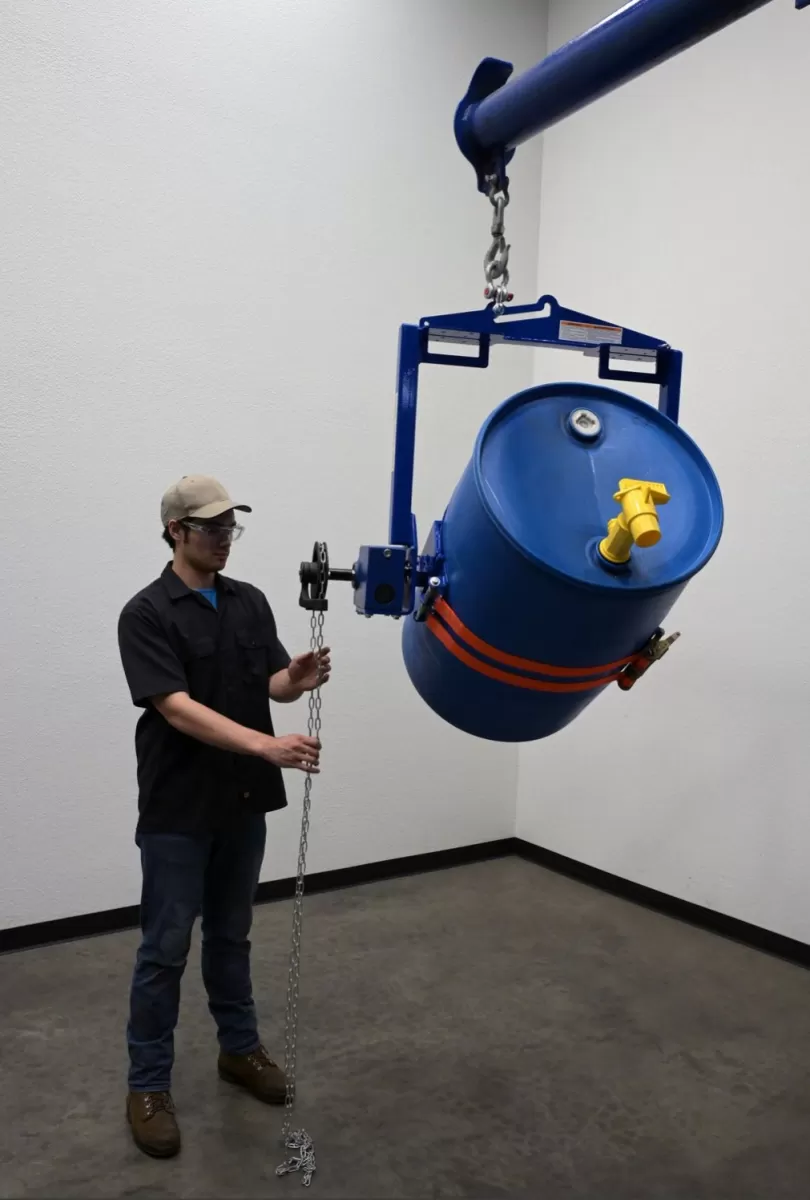
1. Chemical Stripping
Chemical stripping uses solvents or caustic solutions to break down and dissolve the powder coating. Common options include methylene chloride-based strippers and more eco-friendly gel formulas.
Best for
- Intricate parts with detailed shapes
- Aluminum and other soft metals
- Small-scale projects or DIY jobs
Step-by-step process
- Apply the chemical stripper evenly over the coated surface
- Let it sit for the recommended time to soften the coating
- Gently scrape off the loosened powder coat with a plastic or metal scraper
- Rinse the part thoroughly with water to remove any residue
Pros
- Provides a uniform removal, even in tight spaces
- Accessible for DIY use with proper safety measures
Cons
- Often involves toxic chemicals that need careful handling
- Disposal of chemical waste can be tricky and regulated
Safety tips
- Always wear chemical-resistant gloves, safety goggles, and a respirator
- Work in a well-ventilated area or outdoors to avoid inhaling fumes
- Follow all product instructions and local disposal rules for hazardous materials
2. Thermal Stripping Burn Off
Thermal stripping uses high heat, usually between 650°F and 1200°F, to burn off powder coating. This method is done in industrial ovens or with powerful heat guns. It’s ideal for high volume jobs and works best on heat-resistant metals like steel and titanium.
How to Do Thermal Stripping
- Heat the coated part evenly until the powder coat burns and flakes off.
- Remove the part from the heat source.
- Clean off the leftover ash and residue to prepare the surface.
Pros
- Fast and efficient for large batches.
- Requires minimal manual labor.
- Great for thick or stubborn coatings on durable metals.
Cons
- Can warp softer metals like aluminum.
- Equipment cost is high.
- Not suitable for small or delicate parts.
Safety Tips
- Always ensure good ventilation to avoid inhaling harmful fumes and VOCs.
- Use proper protective gear, especially heat-resistant gloves and eye protection.
3. Abrasive Blasting Sandblasting Dustless Blasting
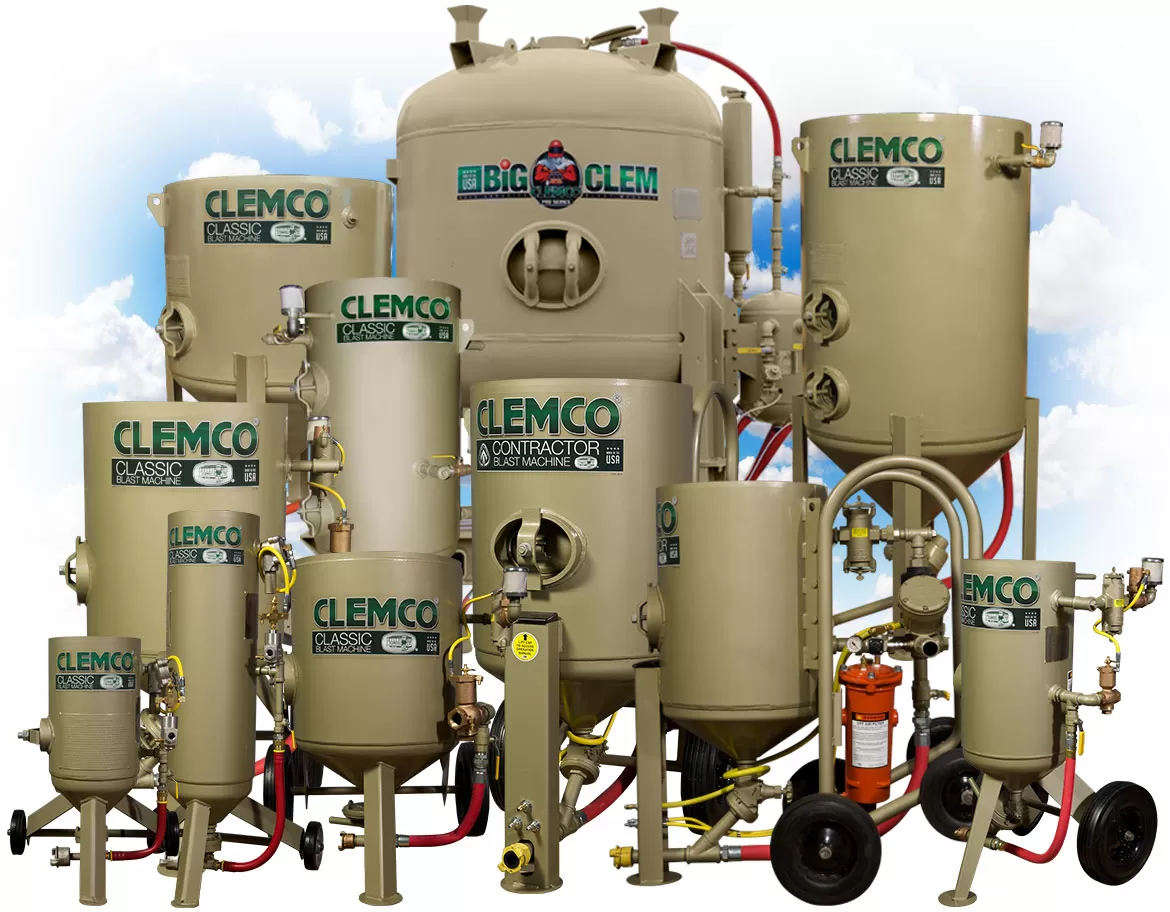
Abrasive blasting removes powder coating by blasting the surface with media like glass beads, aluminum oxide, or other abrasive materials. This aggressive method strips the coating off while also creating a rough texture, which helps new coatings stick better.
Best for
- Parts that need surface profiling before recoating
- Small to medium-sized metal pieces
Step-by-step process
- Choose the right blasting media depending on the metal and coating thickness.
- Blast the surface evenly to remove powder coating completely.
- Clean off any leftover dust or residue before recoating or machining.
Pros
- Leaves a good anchor profile for better adhesion of new coatings
- Effective at reaching tight spots and complex shapes
Cons
- Can damage softer metals like aluminum if not done carefully
- Requires skill and equipment to control the blasting process properly
Safety tips
- Always wear protective gear such as masks, goggles, and gloves
- Use dust control measures to prevent inhaling harmful particles
Abrasive blasting is a solid option when you need clean, rough surfaces ready for a new finish. Just be cautious with softer metals and plan for proper cleanup and safety.
Laser Stripping
Laser stripping uses high-powered lasers to burn off the powder coating cleanly from metal surfaces. This method is best for precision removal jobs, especially in industrial settings where accuracy and minimal damage to the base material are critical.
How It Works
A specialized laser system targets the coating, vaporizing it without affecting the metal underneath. This process is controlled and efficient, making it ideal for delicate or complex parts.
Step by Step Process
- Set up the laser equipment with proper settings for the part and coating type
- Direct the laser beam to the coated surface to vaporize the powder coat
- Thoroughly clean the surface after stripping to remove any residue
Pros
- Extremely precise, preserves the integrity of the metal
- No abrasive or chemical residues left behind
- Great for detailed parts or hard-to-reach spots
Cons
- High upfront cost for laser equipment
- Not suitable for DIY use, requires trained professionals
- Limited availability compared to other methods
Safety Tips
- Always have a certified operator run the laser system
- Use proper eye and skin protection to guard against laser exposure
- Ensure the workspace has adequate ventilation for fumes generated during stripping
Choosing the Right Method for Your Project
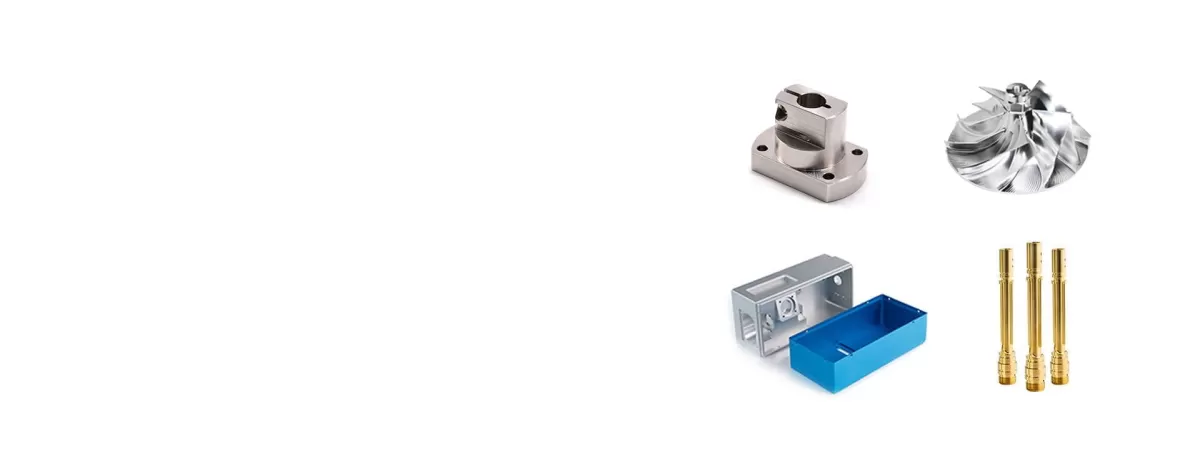
Picking the best way to remove powder coating depends on a few key things:
- Material type: Aluminum needs gentler methods like chemical stripping or laser removal to avoid warping. Steel and titanium can handle thermal stripping or abrasive blasting better.
- Part size: Small, detailed parts work well with chemical strippers. Larger pieces might be better suited for thermal or abrasive methods.
- Budget: DIY chemical stripping or sandblasting is more affordable but takes time and care. Laser stripping and thermal methods usually need professional gear and cost more upfront.
- Recoating plans: If you need a perfectly clean, roughened surface for new powder coating or CNC machining, abrasive blasting is great. For delicate surfaces, laser stripping or chemical options work best.
Comparison Table of Powder Coating Removal Methods
| Method | Cost | Time | Safety | DIY Friendly | Best For |
|---|---|---|---|---|---|
| Chemical Stripping | Low to Mid | Moderate | Requires gloves, respirators | Yes | Small intricate parts, aluminum |
| Thermal Stripping | Mid to High | Fast | High heat risk, ventilation | No | Hard metals, large batches |
| Abrasive Blasting | Mid | Moderate | Dust control, protective gear | Sometimes (with gear) | Surface prep, medium parts |
| Laser Stripping | High | Fast | Professionally handled | No | Precision removal, industrial |
When to Choose Professional Services Like HYCNC
If your parts are complex, high-value, or need precise CNC machining after removal, it’s smart to rely on pros like HYCNC. They have advanced equipment that ensures:
- Safe and effective powder coating removal without damage.
- Proper surface prep for CNC machining or recoating.
- Environmentally responsible handling of chemicals and waste.
HYCNC can save you time, protect your parts, and deliver quality results that DIY methods often can’t match. For tricky jobs or large projects, getting a professional quote is a smart move.
Step by Step DIY Guide to Removing Powder Coating
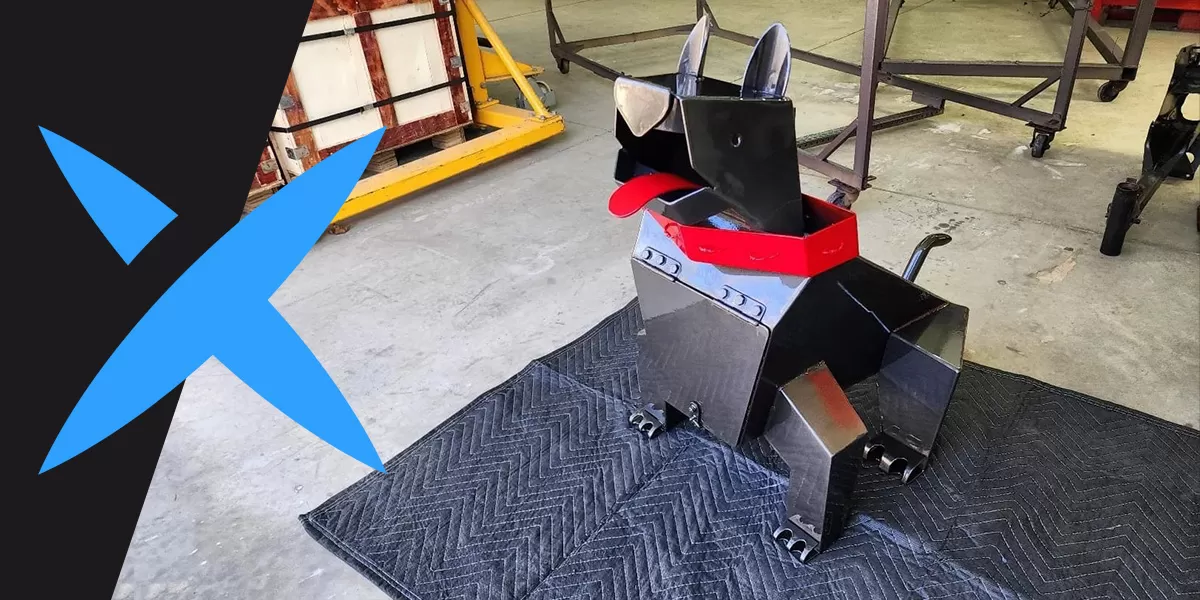
For most DIY projects, chemical stripping and abrasive blasting are your best options to remove powder coating. Both methods work well for different parts and budgets, and you don’t need expensive industrial gear to get started.
Tools and Materials You’ll Need
- Chemical stripper designed for powder coat removal (look for eco-friendly gel options if possible)
- Scraper or plastic putty knife
- Sandblaster or abrasive blasting kit (for smaller parts, a handheld kit works fine)
- Protective gear: gloves, goggles, respirator mask
- Degreaser or TSP (trisodium phosphate) for cleaning afterward
- Drop cloths or plastic sheeting to protect your workspace
Chemical Stripping Steps
- Lay your part on a covered surface in a well-ventilated area
- Apply the chemical stripper evenly according to the product instructions
- Wait 15–30 minutes for the coating to soften and bubble
- Scrape off the powder coat gently with a plastic putty knife
- Rinse the part thoroughly with water and let it dry completely
Tip: For best results, work in small sections and don’t rush the wait time. Repeat if some powder coat remains.
Abrasive Blasting Steps
- Set up your blasting area with dust control if possible
- Select the right media depending on your part’s metal type (glass beads for aluminum, aluminum oxide for harder steel)
- Blast the surface evenly to strip away the powder coating and prepare the texture for recoating
- Wipe down the part to remove blasting dust and residue
Tip: Test blast a small area first to avoid damaging sensitive parts.
Post Removal Cleaning
Once you’ve removed the powder coat, clean the surface with a degreaser or TSP solution. This removes any leftover oils, stripper residue, or blasting dust. A clean surface is crucial before recoating or CNC processing to ensure proper adhesion and precision.
Preparing for Recoating or CNC Processing with HYCNC
After cleaning, your part is ready for recoating or further CNC machining. If you’re working with CNC machining, experts like HYCNC can help optimize surface prep to match your specifications, providing a smooth, consistent base for the next steps in your project.
Safety and Environmental Considerations
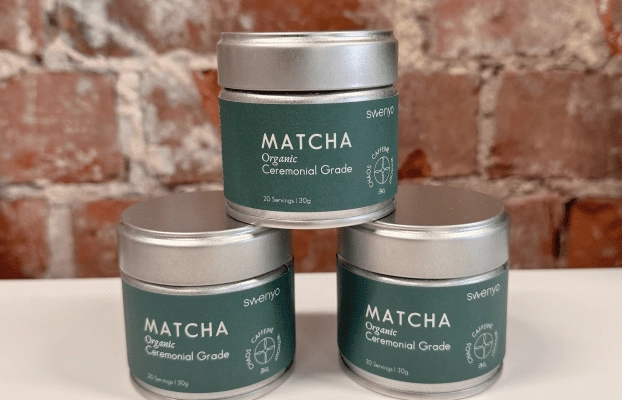
Removing powder coating involves handling chemicals and processes that can be hazardous if not managed properly. Here’s what you need to keep in mind to stay safe and protect the environment.
Handling Toxic Chemicals and VOCs Safely
Always wear gloves, goggles, and respirators when using chemical strippers, especially those containing strong solvents or caustic agents.
Work in well-ventilated areas to avoid breathing in VOCs (volatile organic compounds) released during stripping.
Follow all manufacturer safety instructions for chemical products.
Proper Disposal of Chemical Waste and Abrasive Media
Never pour chemical strippers or rinse water down household drains. Check local guidelines for hazardous waste disposal.
Collect and dispose of abrasive blasting media like sand or glass beads properly, as these can carry toxic residues.
Use sealed containers to store spent chemicals or media before disposal.
Eco-Friendly Options
Consider using gel-based or caustic (alkaline) strippers that are less harmful to the environment compared to traditional solvent-based ones.
Some eco-friendly products are biodegradable and safer for DIY use while still effective for removing powder coating.
How HYCNC Supports Environmentally Responsible Practices
At HYCNC, we prioritize safe and green methods for powder coating removal and CNC surface prep. Our processes minimize chemical waste and ensure proper disposal according to environmental regulations. We also help customers choose eco-friendly stripping solutions and provide professional handling to reduce risk and environmental impact.
Keeping safety and the environment in check makes your project smoother and helps protect our local communities and workspace.
When to Call Professionals Like HYCNC
Removing powder coating can be tricky, especially if you need a smooth, precise surface for CNC machining or recoating. That’s where professional CNC services like HYCNC come in. With the right equipment and experience, HYCNC handles powder coating removal efficiently while protecting the underlying material.
Choosing HYCNC means you get:
- Precision surface preparation tailored for CNC machining
- Advanced equipment that ensures even, clean removal without damage
- Consistent quality for every project, whether it’s small parts or larger batches
If you want to avoid mistakes or save time, calling in the pros is your best bet. Contact HYCNC today for a quote on powder coating removal or CNC machining and see how they can make your project hassle-free.
FAQs about Powder Coating Removal
Can you remove powder coating from aluminum without damaging it?
Yes, with the right method like chemical stripping or gentle abrasive blasting, you can remove powder coating from aluminum without harming the metal. Aluminum is softer, so avoid high heat or aggressive blasting to prevent warping or surface damage.
How long does it take to remove powder coating?
The time varies depending on the method and part size. Chemical stripping can take from 30 minutes to a few hours including waiting time. Thermal stripping is faster for batches, usually under an hour. Abrasive blasting depends on part complexity but generally takes 30 minutes to a couple of hours. Laser stripping is quick but requires specialized equipment.
Is it safe to use chemical strippers at home?
Using chemical strippers safely at home is possible if you follow precautions: wear gloves, goggles, and a respirator, work in a well-ventilated area, and properly dispose of waste. Eco-friendly gel strippers minimize hazards and are better for DIY projects.
Can you powder coat over an existing powder coat?
Technically, yes, but it’s not recommended without proper removal or surface prep. Multiple layers lead to peeling, uneven finishes, and poor adhesion. It’s best to fully remove old powder coating before recoating.
How does HYCNC handle powder coating removal for CNC parts?
HYCNC uses advanced equipment and methods suited to your part’s material and size, ensuring precise coating removal with minimal damage. Their expertise in CNC surface preparation guarantees clean, ready-to-machine parts with consistent quality. Contact HYCNC for professional powder coating removal and CNC machining services tailored to your needs.

